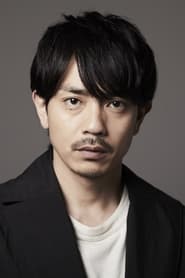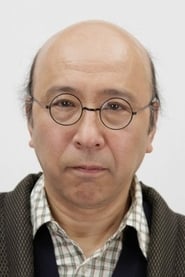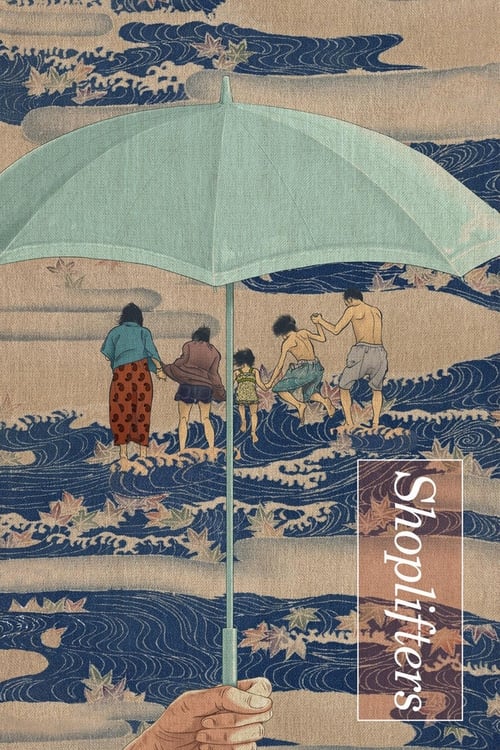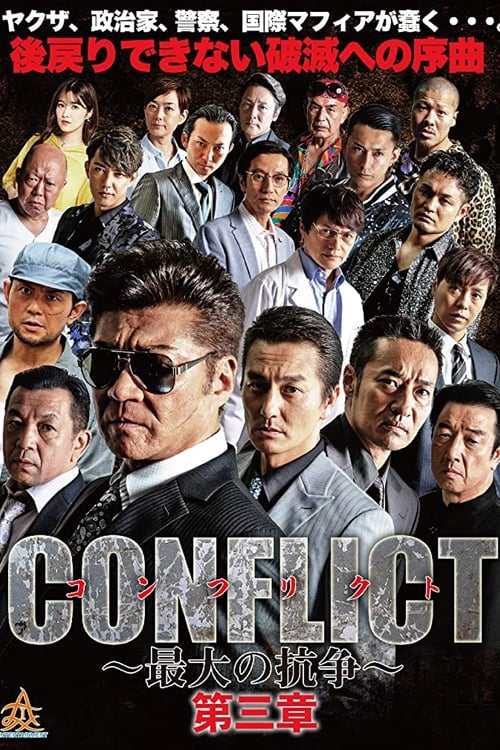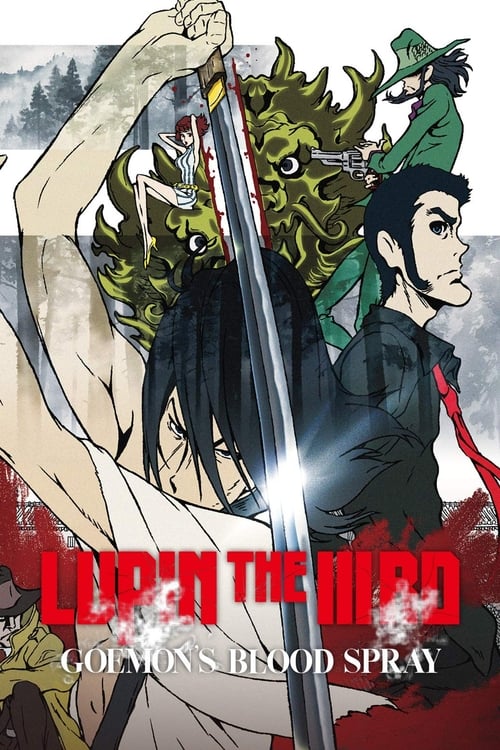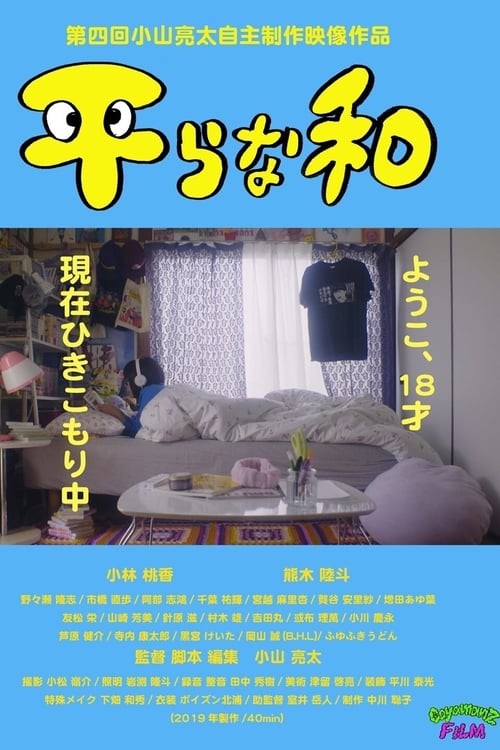
Ask Your Own Question
What is the plot?
More Movies Like This
Browse All Movies →What is the ending?
In the ending of "Mr. Long," the film culminates in a tragic confrontation that leads to the death of Mr. Long, the protagonist. After a series of violent encounters and a deepening bond with a young boy named Jun, Mr. Long faces his past when he is attacked by gang members. Despite his efforts to protect Jun, he ultimately succumbs to his injuries, leaving Jun to mourn his loss.
Expanding on the ending in a chronological and narrative fashion:
As the film approaches its climax, Mr. Long, a hitman who has sought refuge in a small town, has developed a bond with a young boy named Jun. Their relationship has grown from mere acquaintance to a deep, almost familial connection, with Jun looking up to Mr. Long as a protector and father figure. The emotional stakes are high as Mr. Long grapples with his violent past while trying to carve out a new life.
In the final scenes, the tension escalates when Mr. Long's past catches up with him. He is confronted by a group of gang members who have been searching for him. The atmosphere is thick with dread as Mr. Long realizes that he cannot escape the consequences of his former life. He knows that his actions will not only affect him but also Jun, who has come to rely on him for safety and guidance.
The confrontation occurs in a dimly lit alley, where the gang members ambush Mr. Long. The scene is fraught with tension as Mr. Long, despite his skills, is outnumbered. He fights valiantly, showcasing his combat prowess, but the odds are stacked against him. The choreography of the fight is brutal, with each blow resonating with the weight of Mr. Long's past decisions. He is determined to protect Jun, who watches from a distance, his eyes wide with fear and confusion.
As the fight reaches its climax, Mr. Long is severely injured. The camera captures the raw emotion on his face, a mixture of pain and resolve. He knows he is fighting not just for his life but for Jun's future. In a heartbreaking moment, he manages to fend off the attackers long enough for Jun to escape, but he is ultimately overwhelmed. The gang members deliver the final blows, and Mr. Long collapses, bloodied and defeated.
In the aftermath, Jun returns to the scene, his small frame trembling as he approaches Mr. Long's lifeless body. The emotional weight of the moment is palpable; Jun's face is a canvas of grief and loss. He kneels beside Mr. Long, tears streaming down his cheeks, mourning the loss of the man who had become his protector and friend. The bond they shared is evident in Jun's sorrow, highlighting the impact Mr. Long had on his life.
The film closes with Jun walking away from the scene, alone and heartbroken. The final shot lingers on Mr. Long's body, a stark reminder of the violence that has defined his life and the tragic consequences of his past. The ending leaves viewers with a sense of unresolved tension, reflecting on the fragility of life and the deep connections formed in the face of adversity. Each character's fate is sealed in this moment: Mr. Long's life ends in sacrifice, while Jun is left to navigate a world without his protector, forever changed by their brief but profound relationship.
Is there a post-credit scene?
In the movie "Mr. Long," there is no post-credit scene. The film concludes its narrative without any additional scenes or content after the credits roll. The story wraps up with a poignant ending that emphasizes the themes of connection and redemption, leaving the audience with a sense of closure regarding the characters' journeys.
What is the significance of Mr. Long's relationship with the young boy in the film?
Mr. Long, a hitman, finds an unexpected bond with a young boy named Jiro, who is initially frightened by him. As the story unfolds, their relationship evolves from fear to a deep, protective bond. Mr. Long, who is emotionally scarred and isolated due to his violent lifestyle, begins to see Jiro as a source of innocence and hope. This connection humanizes Mr. Long, revealing his internal struggle between his violent past and the desire for redemption.
How does Mr. Long's past influence his actions throughout the film?
Mr. Long's past as a hitman is marked by violence and betrayal, which haunts him throughout the film. His experiences lead him to be cautious and guarded, especially when he is pursued by his enemies. The trauma from his past shapes his interactions with others, particularly with Jiro, as he grapples with the consequences of his actions and seeks a way to protect the boy from the life he has led.
What role does the setting play in Mr. Long's journey?
The film is set in a gritty urban environment that reflects Mr. Long's tumultuous life. The dark alleys and rundown neighborhoods serve as a backdrop for his violent encounters and highlight his isolation. As he navigates this harsh landscape, the setting amplifies his internal conflict, showcasing the stark contrast between the innocence of Jiro and the brutality of Mr. Long's world.
How does the character of Jiro evolve throughout the film?
Jiro starts as a timid and vulnerable child, initially terrified of Mr. Long. However, as they spend time together, Jiro begins to show resilience and bravery. His character evolves from a passive victim to an active participant in their survival, demonstrating loyalty and courage. This transformation not only impacts Mr. Long but also signifies the potential for change and hope in the face of adversity.
What are the key moments that lead to Mr. Long's change of heart?
Key moments that lead to Mr. Long's change of heart include his initial interactions with Jiro, where he sees the boy's innocence and vulnerability. A pivotal scene occurs when Mr. Long protects Jiro from danger, realizing that he is capable of caring for someone other than himself. Additionally, moments of reflection on his violent past and the consequences of his actions further push him towards a desire for redemption, culminating in his protective instincts towards Jiro.
Is this family friendly?
"Mr. Long," produced in 2017, is not considered family-friendly due to several potentially objectionable or upsetting scenes. Here are some aspects that may be concerning for children or sensitive viewers:
-
Violence: The film contains scenes of intense violence, including fights and confrontations that may be graphic and unsettling.
-
Crime and Drug Use: There are depictions of criminal activity and drug use, which may be inappropriate for younger audiences.
-
Emotional Trauma: Characters experience significant emotional distress, including themes of loss and survival, which could be heavy for sensitive viewers.
-
Language: The dialogue includes strong language that may not be suitable for children.
-
Dark Themes: The overall tone of the film deals with themes of isolation, desperation, and the harsh realities of life, which may be too intense for younger viewers.
These elements contribute to a mature narrative that may not be suitable for all audiences.




